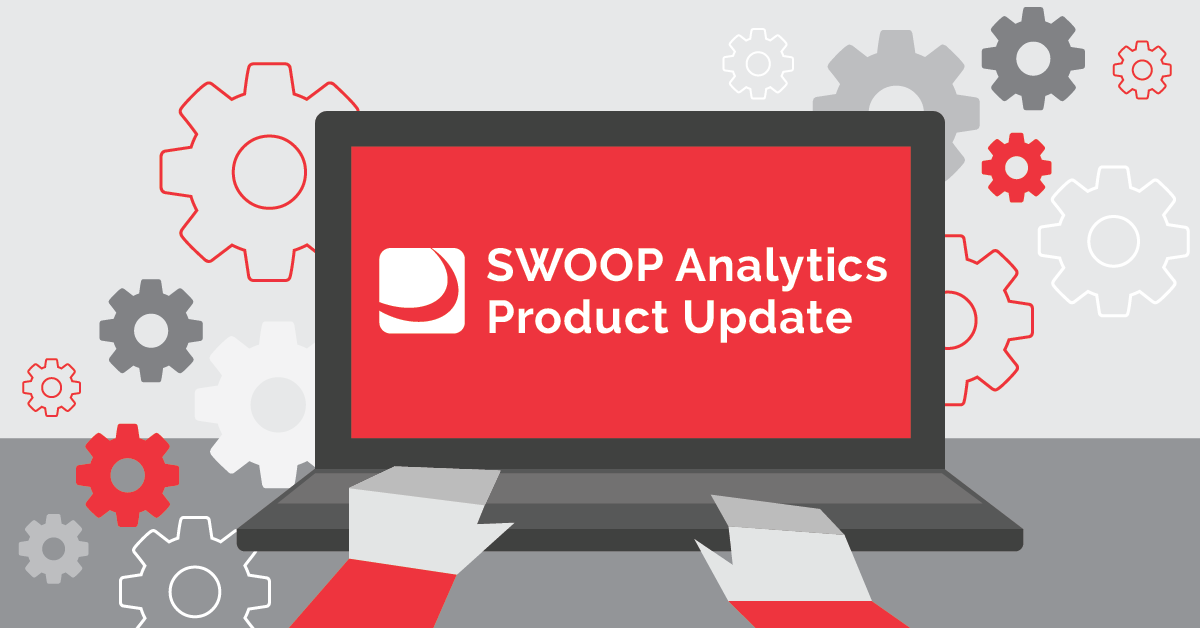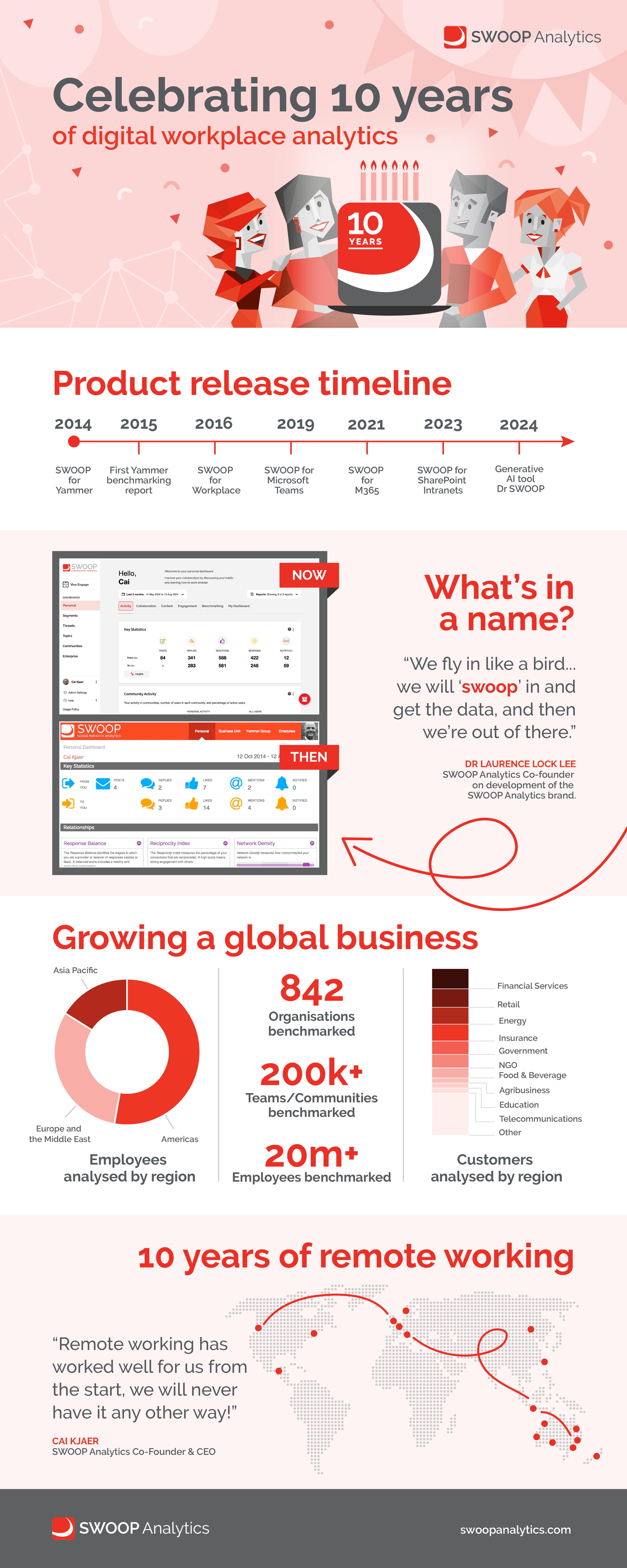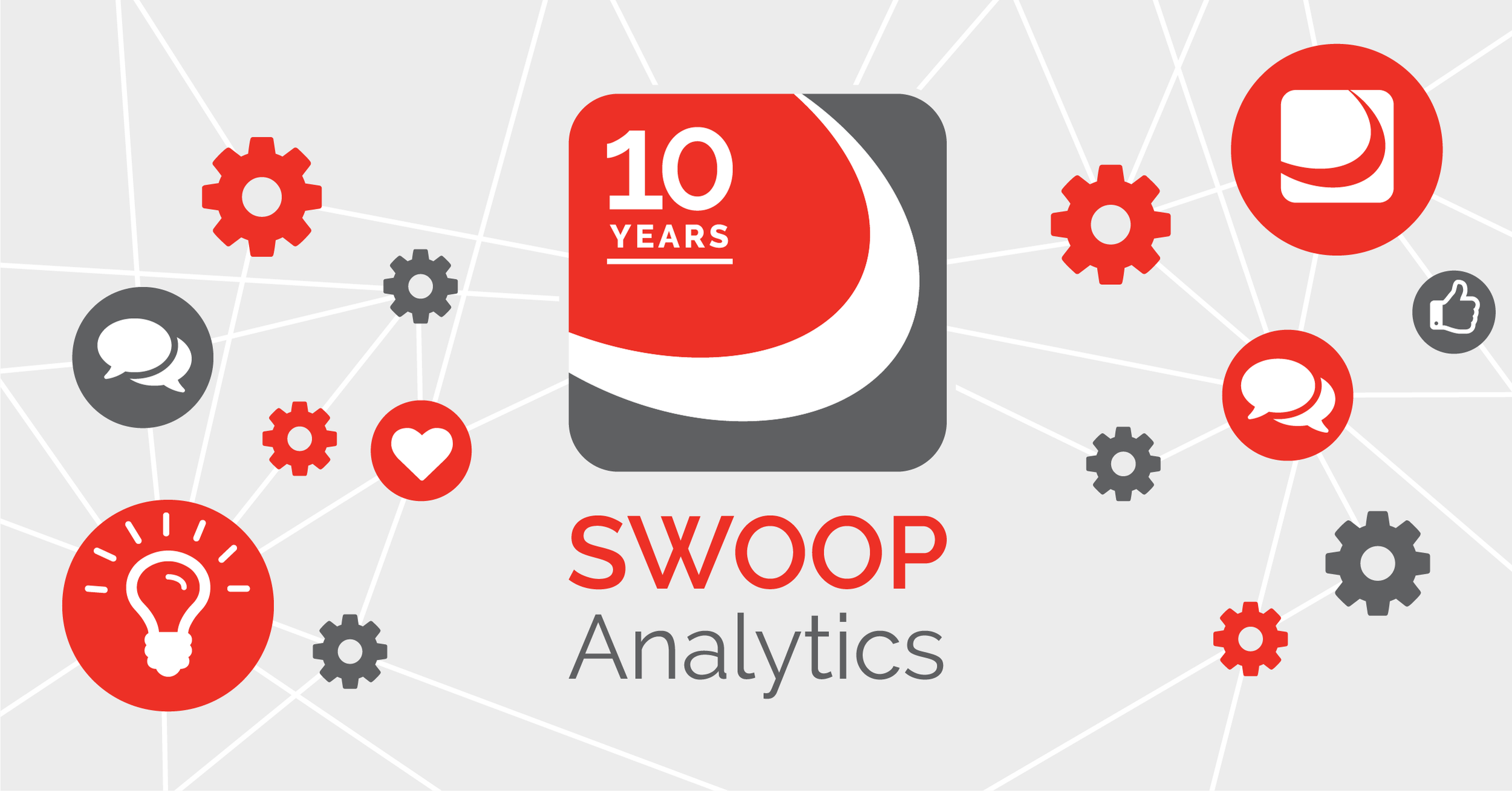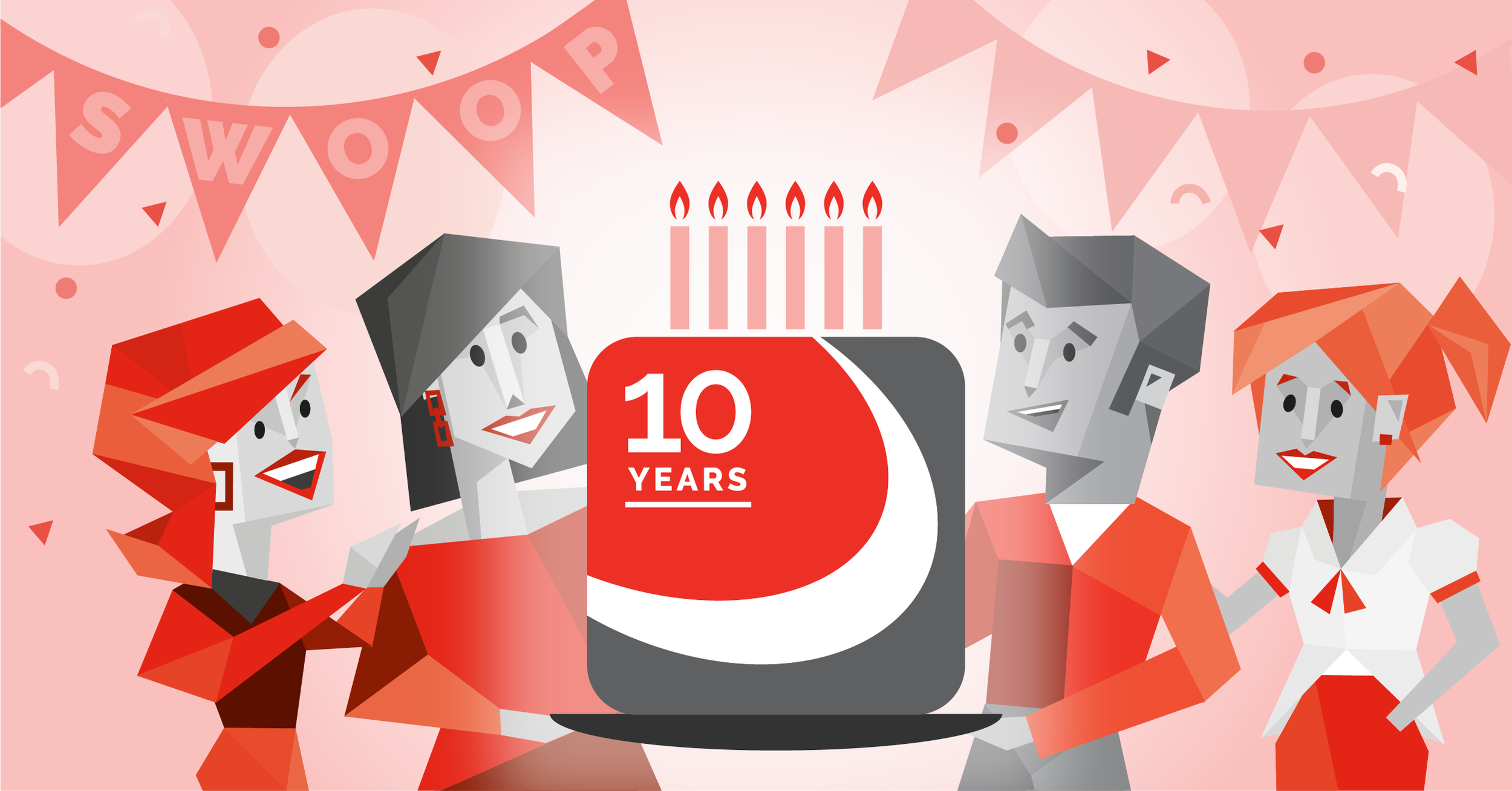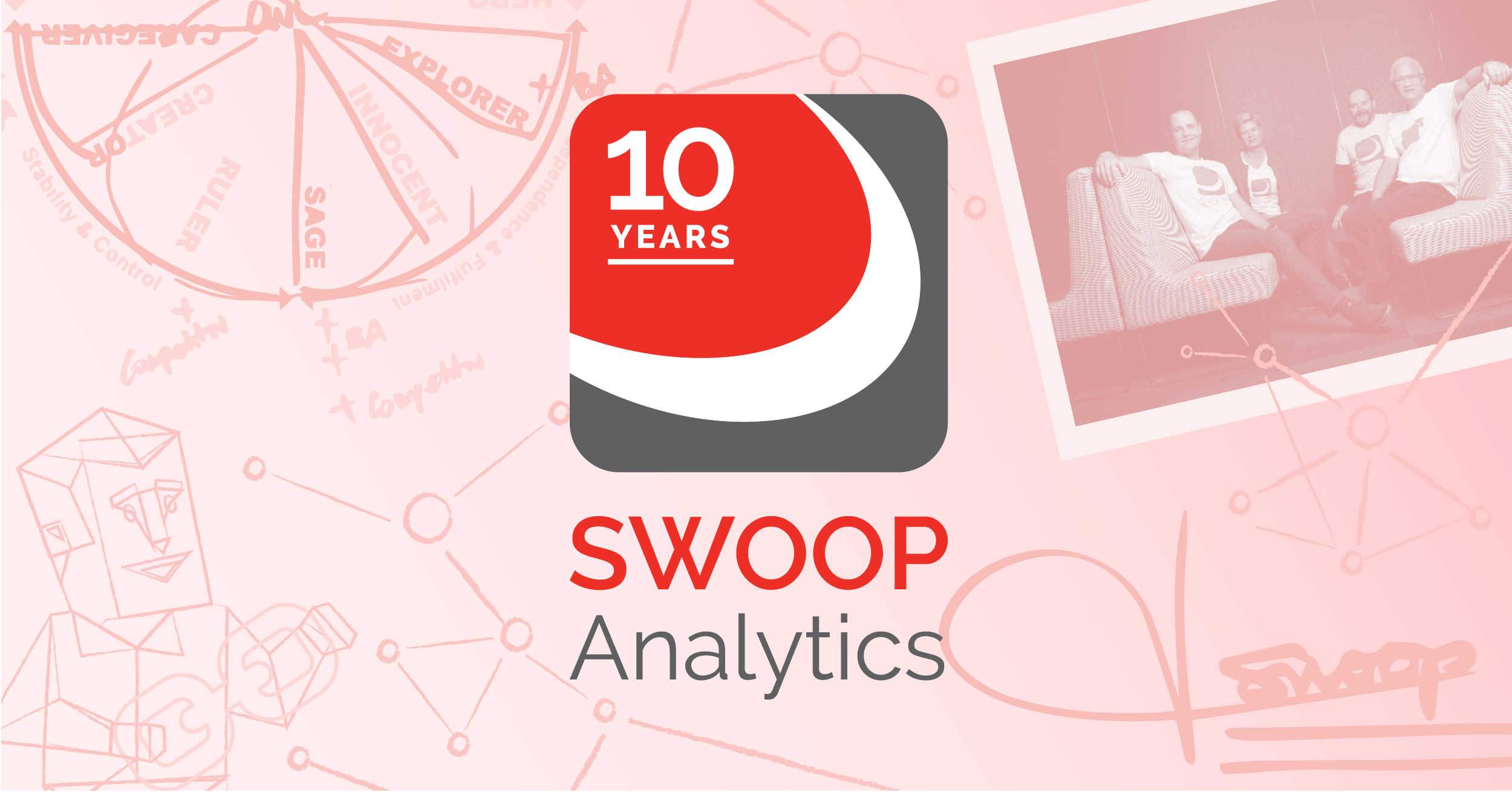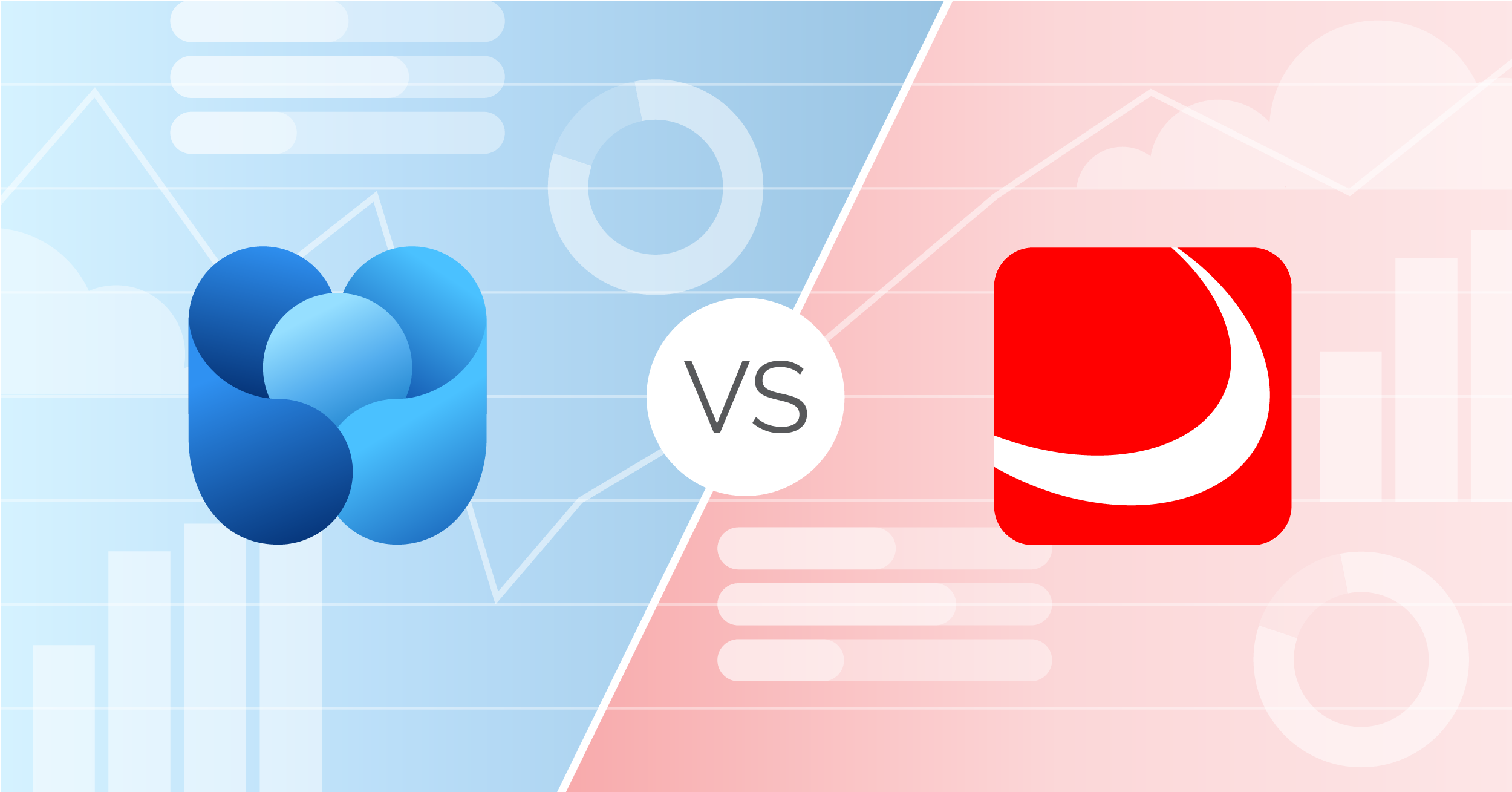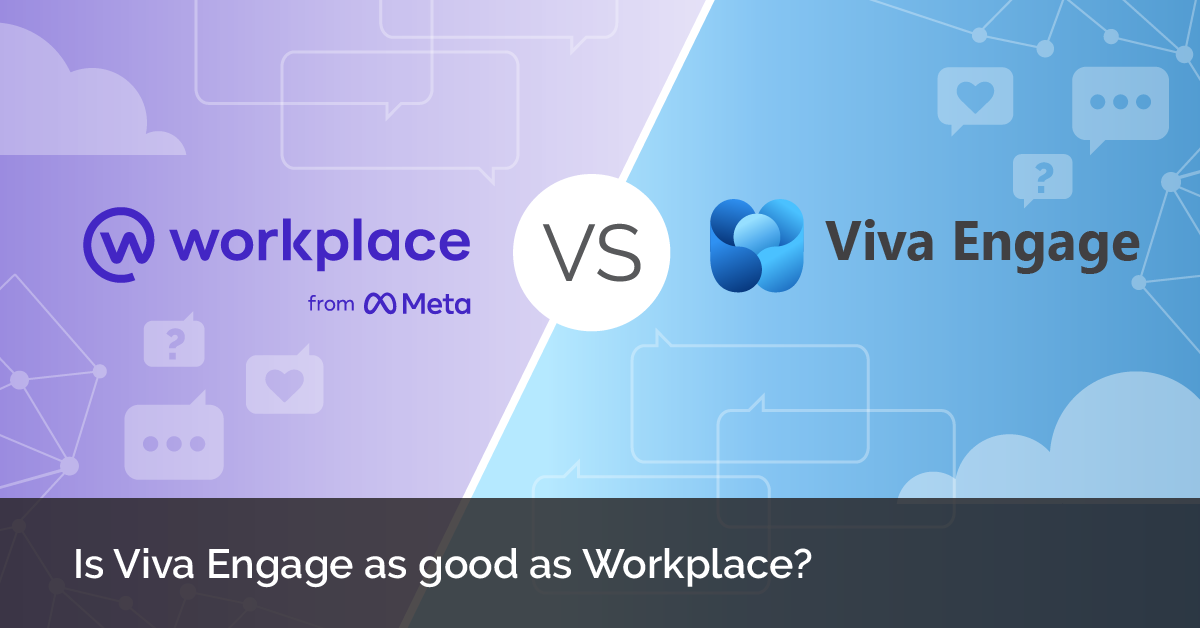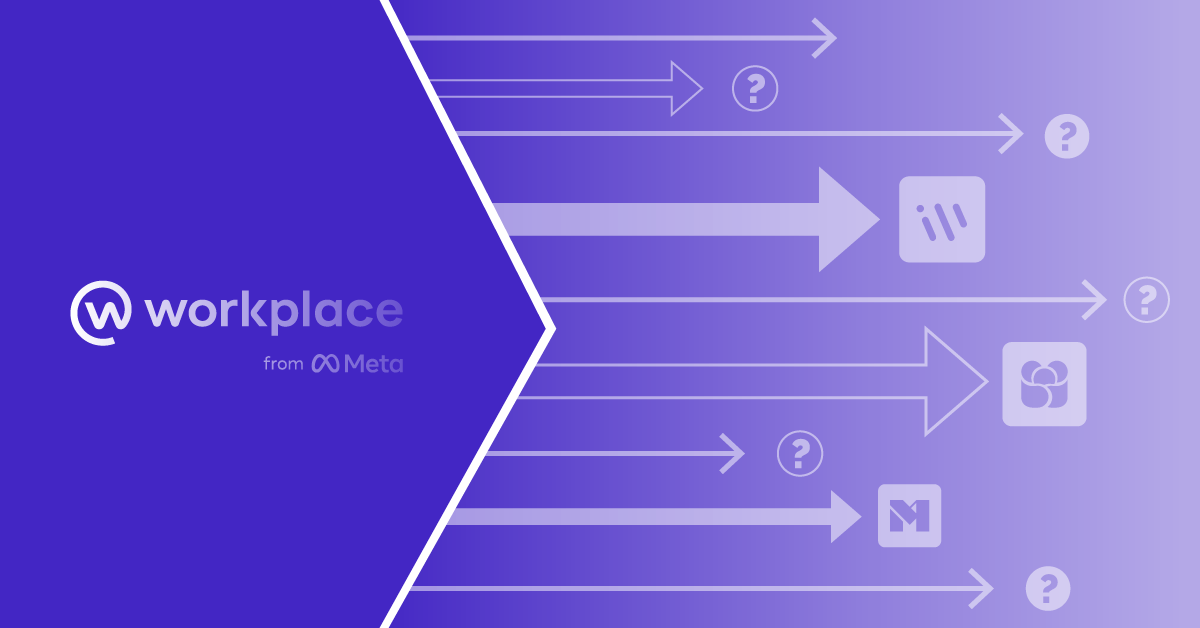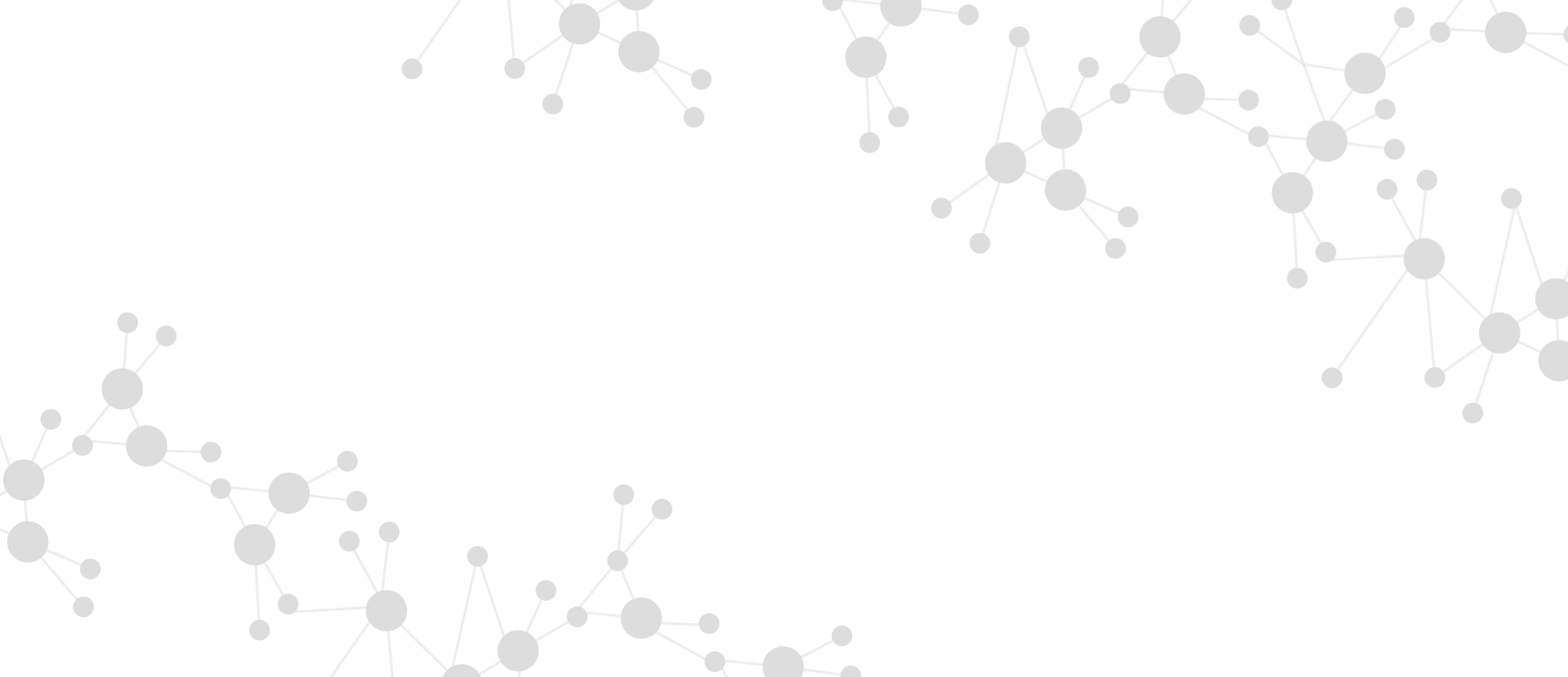
SWOOP Blog
Latest Articles
Blog Archive

Wanting to Transform your Business – Change the Logo?
Digitally enabled business transformation may be pervading our discussions at the moment, but in reality, this conversation theme is at least as old as the Internet, and more likely older. It was therefore with interest that I read a recent HBR article by Scott Anthony and Evan I. Schwartz which noted how often significant transformations fail. They then followed on by listing the transformations that their research identified as most successful and why. On top of the list were Amazon and Netflix; but also on the list well-known brands like Apple, Microsoft and Adobe. In reading the profiles of the companies on the list, virtually all of them had achieved their successful transformation through digitally enabled interventions. For Amazon it was the addition of their cloud services which helped grow their profitability. Netflix was able to take advantage of burgeoning and cost effective bandwidth, to introduce their popular streaming service. And of course Apple’s addition of the iPhone, iPad etc. revived their fortunes from a struggling computer manufacturer into the world’s most profitable company today.

The 6 Stages of Digital Workplace Maturity
How do you define digital workplace success? To me, a successful digital workplace is one that helps us get jobs done.

Facilitating Organisational Change with SWOOP
Just take a moment and think about the last 2 or 3 major organizational change programs that you have been party to (or a victim of). Invariably the change will have something to do with wanting to change the way people work and interact with each other in your organization. Perhaps it was triggered by a significant structural change, a merger, or acquisition. Perhaps it was around a major technology refresh. Or perhaps even a significant change in company strategy, triggered by a disruptive change in the marketplace. Whatever the reason, invariably you will be asked to adapt your behavior to become more adaptive, responsive and collaborative; because change has now become a constant.

Let's Chat: How to Spark Constructive Workplace Communications
In today’s digital workplace, the simple task of meeting for a chat takes on a whole new dimension. Will it be an online chat, and if so, will it take place over the phone, instant messaging, on a social network or through email?

Formulas for Success
There is something about ‘Formulas for Success’ that can be both appealing and irritating. The appealing part is of course the simplicity of it. If I could boil down the complexity of my life into a set of simple algorithms, then life would all of a sudden become much simpler. The irritating part is that we generally don’t believe that the world can be described simply as a set of formulas. What formulas do well, however is to cut to the chase. They remove the clutter and identify what core elements you need to concern yourself with. That is why I was attracted to this little excerpt from Adam Grant’s recent newsletter:

The Tide Has Finally Turned – Networks Eat Hierarchy for Breakfast
Apologies to Peter Drucker for hijacking his famous culture versus strategy statement, but for us, the recent 2017 Deloitte Global Trends tome signals a tipping of the scales that we have been anticipating, frankly, for decades. The Deloitte survey of some 10,000+ business and HR leaders across 140 countries voted “Organization of the Future: Arriving Now” as the number 1 human capital trend that concerns them most.

Getting Jobs Done Theory
It’s not the sort of labelling that we have come to expect from our academic theory makers. But it’s just the sort of ‘down and dirty’ language that can help us break out of the ‘business speak’ rhetoric, that we tend to turn off from, the moment we hear it. “What is the ROI?”, “Where are the hard tangible benefits?”, “Have we done a cost/benefit on this?”, “How can you demonstrate customer value?”.

How far are you willing to Trade Personal Privacy for Personal Benefit?
We were recently interviewed on the topic of the impacts on personal privacy that human centred analytics might have. Of course personal privacy was front of mind at the very inception of SWOOP; and we quickly adopted the privacy tag line that we are “SWOOP not SNOOP”. That said, we are also mindful of the very power of the insights that can be drawn about individuals, from what might look like innocuous data, which presents a very grey area for privacy protection.

The Social Network Map
This post continues our series on key SWOOP indicators. The ‘Social Network Map’ is prominently displayed on the Personal Tab, as a personal social network map. A second social network map representation is available at the Enterprise tab level, to identify how business units or offices, or the like, are connected via inter-group connections.

A Test: Which Vendor Wins at Sentiment Analysis?
Natural language processing and sentiment analysis have been popular artificial intelligence (AI) research topics for decades now. In today's intelligent digital workplaces, however, we are becoming entranced by the potential of AI chatbots and the use of AI to actively participate in human led conversations.

How Healthy is your Enterprise Social Network?
At the heart of any Enterprise Social Network (ESN) are the groups or communities formed within them. Understanding the health and productivity of these groups should therefore be front of mind. For ESNs we can look again to the more mature experiences with consumer and external customer communities for guidance.

Bridging the Knowledge Sharing/Problem Solving Divide
One of the most frequently cited reasons we hear for implementing an enterprise social network platform is to “enable our organisation to better communicate and collaborate across organisational boundaries”.

Why we Should Worry about Response Rates in Enterprise Social Systems
This post continues our series on key SWOOP indicators. We have %Response Rate as a key performance indicator for organisations embracing problem solving and innovation within their Enterprise Social Networking (ESN) platforms.

How You Can Benefit From Enterprise Social Middleware
I’ve been around long enough to recall a time when middleware was virtually non-existent. Then along came client-server computing and graphical user interfaces, and all of a sudden there was a huge demand to separate the backend engines from what we were seeing on the front end.
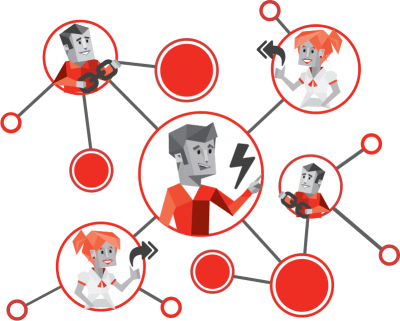
Influential People – SWOOP Style
In this series of articles, we are profiling each of the SWOOP Analytics Widgets by referencing them to the Enterprise Social Maturity Framework, that we introduced previously. The SWOOP analytics widgets are designed to guide our end users through each stage of the maturity journey.

Enterprise Collaboration Maturity Frameworks
It’s popular for organisations adopting a new technology platform e.g. MS Office 365, or management practice e.g. agile working; to think of their progress in terms of maturity. Maturity frameworks have been a popular means for organisations to be able to assess their progress with a significant change initiative.
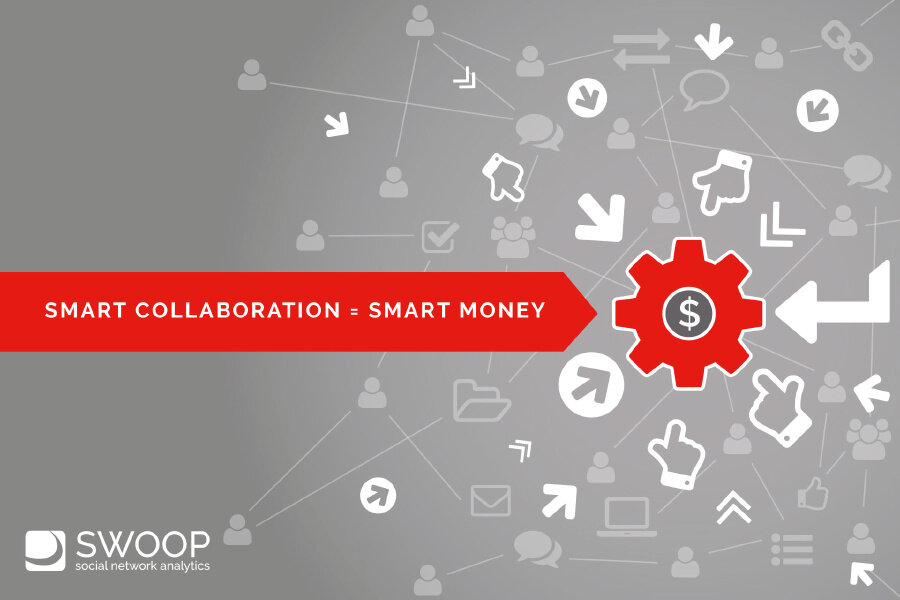
Smart Collaboration = Smart Money
‘Smart Collaboration’ is the title of Harvard’s Heidi Gardner’s latest book. The book builds and expands on her well cited HBR article “When Senior Managers Won’t Collaborate” , where she presents some compelling data demonstrating that collaboration does pay, big time. Her network representation comparing the networks of two lawyers, with Lawyer 2 responsible for generating much higher revenues from her larger and more diverse network, may seem quite logical.

Data-Driven Collaboration Part 3: Sustaining Performance through Continuous Value Delivery
In this, the final post in our series, co-authored by SWOOP Analytics and Carpool Agency, we will identify how to sustain the momentum to ensure that value is continuously delivered as a matter of course.

Yammer Benchmarking Insights #3 – Collaboration at the Personal Level
In this episode we drill down to the most detailed level. That’s you, the individual collaborator. At SWOOP we have designed behavioural personas to characterise individual collaboration patterns based on your pattern of activity.For example, if you are a Catalyst, you are good at getting responses to your posts


